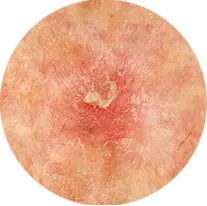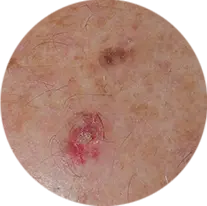
AK Global Day,
24th May 2023
Make a date to check your
skin for AK’s early warning
AK Global Day is an opportunity to check your skin for Actinic Keratosis and make sure the people you love are informed about the condition.








